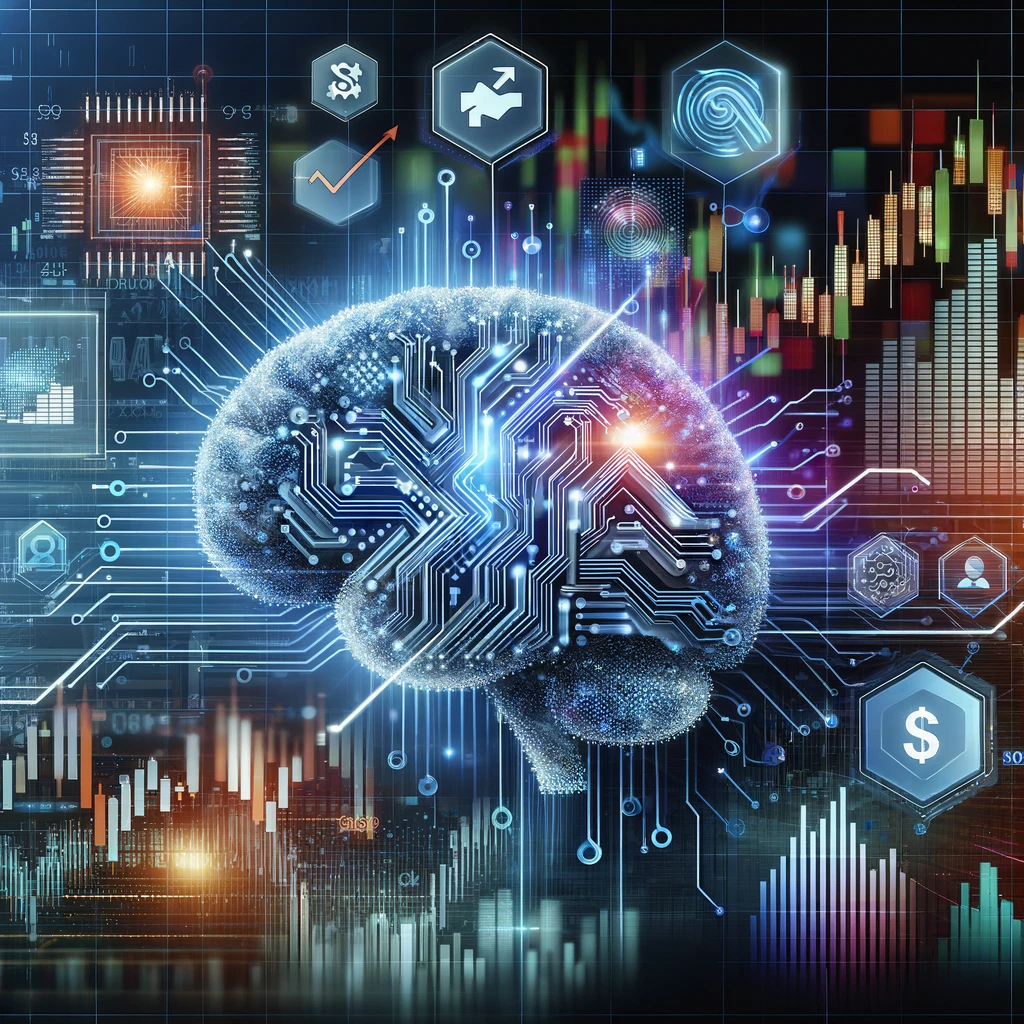Deep Dive into Algorithmic Trading: Emerging Trends and Future Prospects

Deep Dive into Algorithmic Trading: Emerging Trends and Future Prospects
Algorithmic trading, a key component of modern financial markets, is continually evolving. This in-depth exploration covers emerging trends, the impact of technological advancements, and future prospects, providing a comprehensive view of the algorithmic trading landscape.
Emerging Trends in Algorithmic Trading
Integration of Advanced Data Analytics:
Big Data: The use of big data analytics is revolutionizing algorithmic trading. Traders now have access to vast amounts of data from various sources, including market data, social media, and economic indicators. Algorithmic trading systems that leverage big data can uncover hidden patterns and insights, leading to more informed trading decisions.
Sentiment Analysis: Advanced sentiment analysis tools are being integrated into trading algorithms to gauge market sentiment from news, social media, and other textual data. This can help traders anticipate market movements based on public sentiment and news trends.
Rise of Quantum Computing:
Quantum Algorithms: Quantum computing promises to significantly enhance algorithmic trading by solving complex problems much faster than classical computers. Quantum algorithms can process large datasets and perform intricate calculations, potentially leading to breakthroughs in trading strategy development and execution.
Quantum Machine Learning: Combining quantum computing with machine learning can lead to more powerful predictive models and optimization techniques, offering a competitive edge in algorithmic trading.
Decentralized Finance (DeFi):
Blockchain Integration: The integration of blockchain technology and decentralized finance (DeFi) platforms is reshaping algorithmic trading. Blockchain provides a transparent and secure ledger for transactions, while DeFi platforms offer new opportunities for algorithmic trading in a decentralized environment.
Smart Contracts: Smart contracts on blockchain networks can automate and enforce trading agreements, reducing counterparty risk and increasing the efficiency of trading operations.
Enhanced Regulatory Compliance:
Regulatory Technologies (RegTech): The adoption of RegTech solutions is helping trading firms comply with evolving regulations. These technologies use advanced analytics and AI to monitor trading activities, detect anomalies, and ensure compliance with regulatory requirements.
Transparent Reporting: New regulatory requirements are pushing for more transparency in algorithmic trading. Firms are investing in technologies that provide detailed reporting and audit trails to meet regulatory standards.
Technological Advancements Driving Algorithmic Trading
Artificial Intelligence (AI) and Machine Learning (ML):
Predictive Analytics: AI and ML are driving advancements in predictive analytics, enabling algorithms to forecast market trends and price movements with greater accuracy. These technologies use historical data and pattern recognition to make predictions and optimize trading strategies.
Adaptive Algorithms: AI-powered adaptive algorithms can learn and adjust to changing market conditions in real-time. This adaptability enhances the effectiveness of trading strategies and helps manage risk more efficiently.
High-Frequency Trading (HFT):
Ultra-Low Latency: Advances in technology are reducing latency, allowing for ultra-fast execution of high-frequency trading strategies. HFT firms are investing in cutting-edge hardware and network infrastructure to gain a speed advantage in the market.
Algorithm Optimization: HFT algorithms are becoming more sophisticated, incorporating complex mathematical models and optimization techniques to identify and exploit short-term market opportunities.
Cloud Computing:
Scalable Infrastructure: Cloud computing offers scalable infrastructure for algorithmic trading, allowing firms to handle large volumes of data and perform complex computations without investing in physical hardware. Cloud-based platforms provide flexibility and cost-efficiency for developing and deploying trading algorithms.
Real-Time Data Access: Cloud solutions enable real-time access to market data and trading platforms, enhancing the ability to execute trades quickly and efficiently.
Future Prospects for Algorithmic Trading
Personalization and Customization:
Tailored Strategies: Future developments in algorithmic trading will focus on personalization, allowing traders to create custom strategies that align with their specific goals and risk tolerance. Advances in AI and ML will enable more personalized trading solutions based on individual preferences and market conditions.
User-Friendly Interfaces: As algorithmic trading becomes more accessible, platforms will offer user-friendly interfaces and tools that simplify strategy development and execution for traders of all levels.
Global Market Integration:
Cross-Border Trading: The integration of global markets and trading platforms will enhance opportunities for algorithmic trading across borders. Traders will have access to a broader range of markets, instruments, and strategies, facilitating more diversified trading approaches.
Regulatory Harmonization: Efforts to harmonize regulatory standards across different jurisdictions will reduce barriers to cross-border trading and simplify compliance for global trading firms.
Ethical Considerations and Risk Management:
Ethical AI: As algorithmic trading becomes more reliant on AI, ethical considerations will come to the forefront. Ensuring that AI algorithms operate transparently and fairly will be crucial in maintaining market integrity and trust.
Advanced Risk Management: Future algorithmic trading systems will incorporate advanced risk management features, including real-time risk assessment and automated adjustments to trading strategies. This will help traders manage exposure and navigate volatile market conditions more effectively.
Integration of Emerging Technologies:
Augmented Reality (AR) and Virtual Reality (VR): AR and VR technologies may be integrated into trading platforms to provide immersive experiences and advanced visualization tools for analyzing market data and executing trades.
Wearable Technology: Wearable devices may offer real-time notifications and data insights, allowing traders to stay informed and make decisions on the go.
Conclusion: The Dynamic Future of Algorithmic Trading
Algorithmic trading is at the forefront of financial innovation, driven by technological advancements and evolving market dynamics. As we look to the future, the integration of AI, quantum computing, blockchain, and other emerging technologies will continue to reshape the landscape of algorithmic trading.
By embracing these advancements and staying informed about emerging trends, traders and institutions can harness the full potential of algorithmic trading to optimize their strategies, manage risk, and achieve superior results. The future of algorithmic trading promises exciting opportunities and transformative changes, paving the way for a new era of financial markets.

